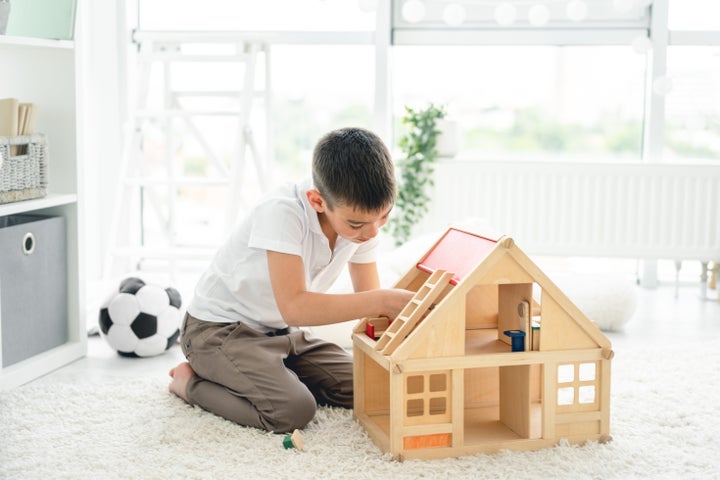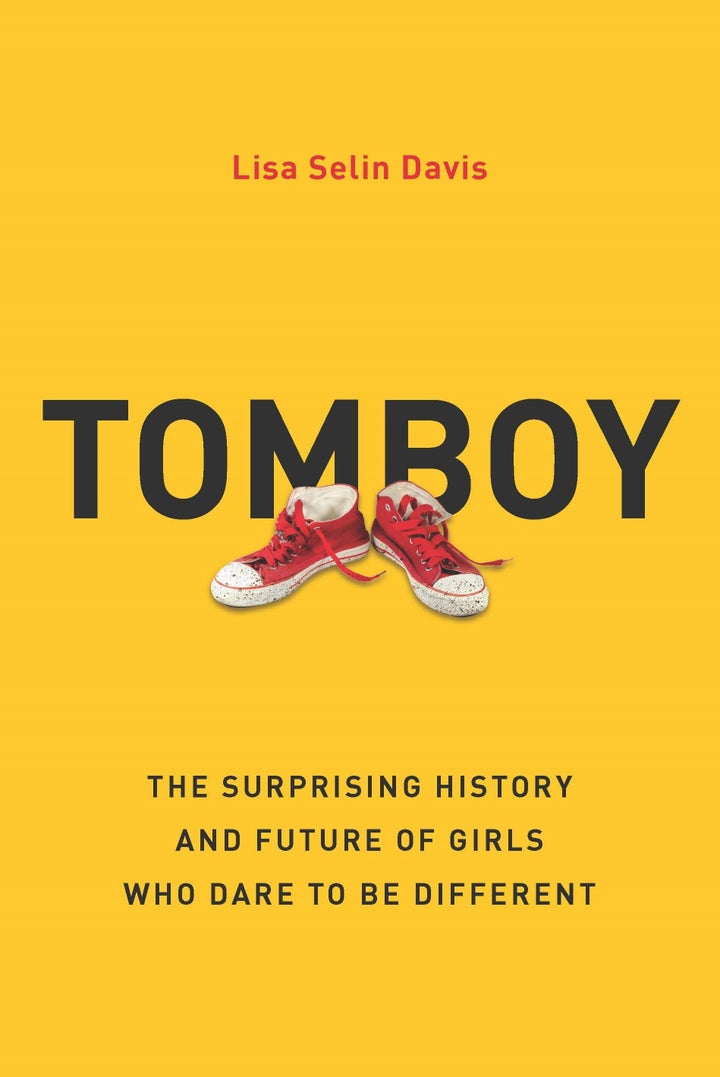
The COVID-19 pandemic has been a crisis for families in so many ways: It’s a health crisis, a childcare crisis, a financial crisis and an emotional crisis for parents and our children. So many American kids are grappling with feelings of profound loneliness and anxiety.
But parents are also finding ways to make the most of this moment, using it to teach children higher-level life skills, from resilience to personal responsibility.
And it’s also a moment when parents and caregivers can help children who’ve been released from the social pressures of school to unlearn many of the biases and expectations they’re otherwise steeped in. Take, for instance, our culture’s rigid sense of gender identity and expectations around how boys and girls “should” behave.
HuffPost Parents spoke to Lisa Selin Davis, author of Tomboy: The Surprising History Of Girls Who Dare To Be Different, about her new book, and how parents can use this massive break in our usual routines to upend some of the damaging messages our culture sends about gender norms and expectations.
So why this book — and why now?
The book came out of two experiences. One was having a kid who wasn’t “falling in line” the way many other kids do in preschool when they start segregating into boy and girl groups. Girls were starting to go through the princess phase, and mine wasn’t. She was very much staying right in the middle. I was observing that over a few years, and wondering about it and worrying about it. Then in first grade, she came home and said she was a “tomboy.”
I wrote about that [in a 2017 New York Times op-ed headlined “My Daughter Is Not Transgender. She’s A Tomboy] — about adults really having a hard time accepting that a child could be like that and still identify as a girl, and about this tension between creating space for trans kids and not wanting to live according to (and reinforce) stereotypes. How could we do both those things simultaneously and support each other in that mission? There was a lot of support for that at first ... and then there was a wave of pushback.
Eventually what I decided to do was reach out to some of the people who were telling me that I got things wrong to ask them more about that. This book is really a combination of those two things. I needed to better understand the evolving language of gender so that I could speak it with my own children.
And what did you learn?
The first part of the book explores how childhood became gendered. Until 100 years ago, young children were dressed the same. They had the same haircuts and the same toys until they were about 6 and they went to school and were slowly differentiated into groups. So I looked at how we went from that to the complete pink/blue stratification of childhood. Where every single toy, every item of clothing, everything you can think of, you can buy “boy” or “girl.”
I boil it down to two things: homophobia and capitalism. It’s about needing to teach boys early how to be macho, straight men. And it was about birth rates declining and needing to sell more stuff. So it was making boys feel — and parents of boys feel — that they can’t ever have anything pink or anything that expresses femininity in any way. So they couldn’t have hand-me-downs. The first part of the book is looking at how that happened and the psychological implications of that.

Which are basically that the “hyper-gendering” of childhood, as you put it, hurts everyone, right?
All of the conversations around girls’ low self-esteem, or what was until recently their waning achievement in STEM (science, technology, engineering and mathematics education), and all of the discussions around boys and toxic masculinity are rooted in the hyper-gendering of childhood. Teaching them that there is all this stuff that’s “off-limits” to them is what leads to those problems, in my opinion. There’s so much research that says that. Just a few weeks ago, a new study was published on how children who defy gender norms do better in school.
But as a parent, pushing back against those cultural forces can seem ... impossible. Where do you even start?
First, I think parents should look at the research on not adhering to gender norms and academic success, and the research that shows a relationship between tomboy-ism (which I’m using for boys and girls, as shorthand for not conforming to gender norms) and self-confidence; tomboy-ism and job success; tomboy-ism and creativity. That research is pretty clear.
So then I think the question for parents is: How are we going to re-order our world to promote that in our children, when all of the messages we get everywhere are that there’s “girl stuff” and “boy stuff”? Children, by 3 years old, are learning those implicit biases. They don’t know they’re stereotypes; they just kind of think they’re the laws of gender.
So how can parents make use of this time we have during the pandemic and a really atypical back-to-school season to work with our kids on that?
We have an opportunity right now to step outside of certain social pressures. Many parents are finding that it’s brutal, of course, to be home with our children when we’re working. However, it is an opportunity for them to exist outside of the social pressures and to work back some of the messaging that they get about gender. It’s a time when children may feel freer to explore both sides of the pink/blue divide.
It’s also an opportunity for parents to stop reinforcing that divide themselves. For example, in our household we’re insistent that nothing is gendered. No toys are for boys or girls. No colors are for boys or girls. No clothes are for boys or girls. We press back on those messages constantly, and it’s a lot of work. But the break in the social pressure right now is a wonderful opportunity to lessen the gendered pressures of childhood.
This interview has been edited for length and clarity.